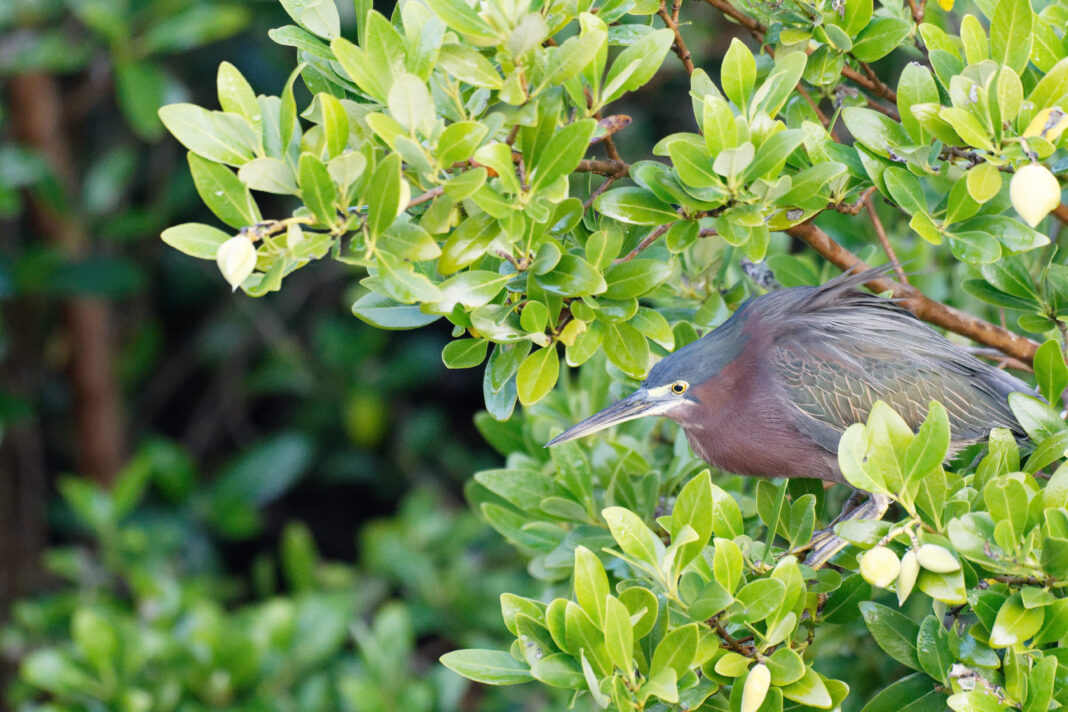For those who feed the bird feeders, now is your time.
The 25th annual Great Backyard Bird Count is one of the most important ways to help collect critical data on bird populations worldwide, and this year the event will be held from Feb. 18-21.
Participation is relatively simple. After downloading the necessary free apps, you merely upload the number of bird species you spotted or heard from your window, your deck or your lawn chair.
The minimum requirement is a 15-minute period over any of the three days of the count. The maximum? As much time as you want to spend on it.
Reporting findings has been made easier by technology and the phone apps, said Sue Griffin, chair of education/events for the Arroyo Colorado Audubon Society as well as chair of the Rio Grande Valley Birding Festival.
“It used to be that there was a fairly long form that you mailed in, and I would collect those from people and I would know how many people in our club were doing it,” Griffin said. “There are so many new birders since COVID, but whether or not they’re aware of the Backyard Bird Count and its importance, I’m not sure.”
Launched in 1998 by the Cornell Lab of Ornithology and National Audubon Society, the Great Backyard Bird Count was the first online citizen-science project to collect data on wild birds and display results in near real time.
Birds Canada joined the project in 2009, and in 2013 the event went fully global, becoming the world’s largest biodiversity-related citizen science project.
“Any data that can be added to what we already know about migration and the population spread of the birds helps us in forming policy, helps us in being able to predict range changes” Griffin said. “We can always say where we see birds. But if you don’t have data to back it up, then you have no proof.”
“So this is part of the proof of how many birds are actually being seen and where they are,” she added. “If we have birds that are being seen in the Rio Grande Valley that are fewer in number than they used to be, then there is a reason for people to do some research. Is it because they’re just expanding their range? Or is it that there are fewer birds? Or is there some other underlying circumstance that caused it?”
Participants can start entering bird lists at midnight local time on the first day of the count, anywhere in the world. Data entry remains open until March 1, but the information you enter should only be from sightings during the four days of the Great Backyard Bird Count.
And don’t count out the kids for the Great Backyard Bird Count.
“It is something the whole family can participate in,” Griffin said. “You can have as much participation as you choose, or it could be something you and the family do one time. It’s a good way to introduce kids to birding and also to citizen science.”
If you go
WHAT: Great Backyard Bird Count
WHEN: Feb. 18-21
HOW: You upload your sightings via apps or a computer to help collect scientific data on avian populations
How to participate
Step 1 – Decide where you will watch birds.
Step 2 – Watch birds for a minimum of 15 minutes over the four days
Step 3 – Count all the birds you see or hear within your planned time/location and use the best tool for sharing your bird sightings: The free Merlin Bird ID for mobile phones, or eBird Mobile, or enter your sightings via computer. To download the apps and get more information, go online to https://www.birdcount.org/participate/
Free bird ID webinar
Brush up on your birds before the 25th Great Backyard Bird Count with a free online webinar discussing identifying bird species by looks and song.
The webinar will be held Feb. 16 at 1 p.m. Registration is required at https://cornell.zoom.us/webinar/register/WN_k_–YvA0QHan7yXRlMLvKA




